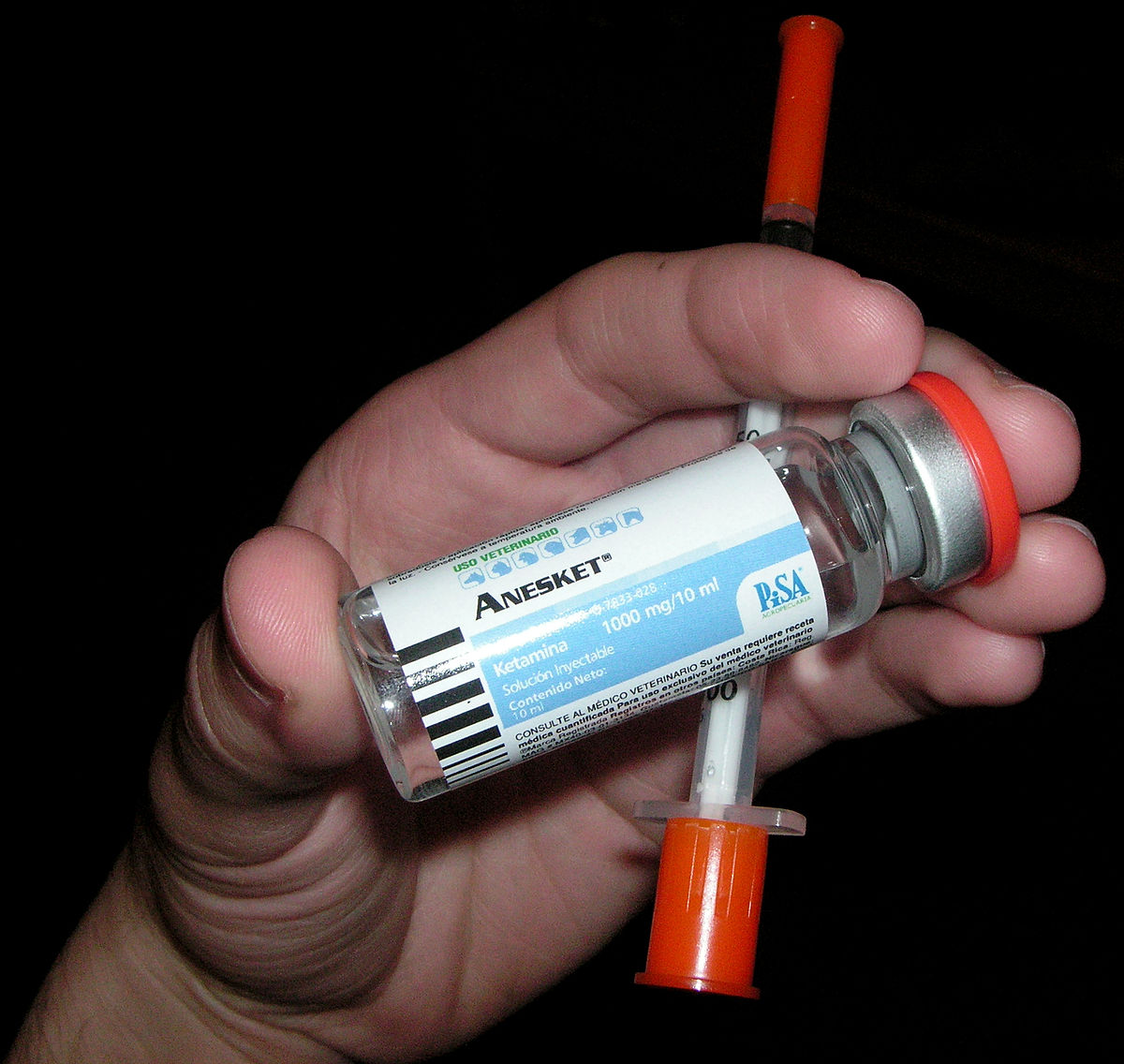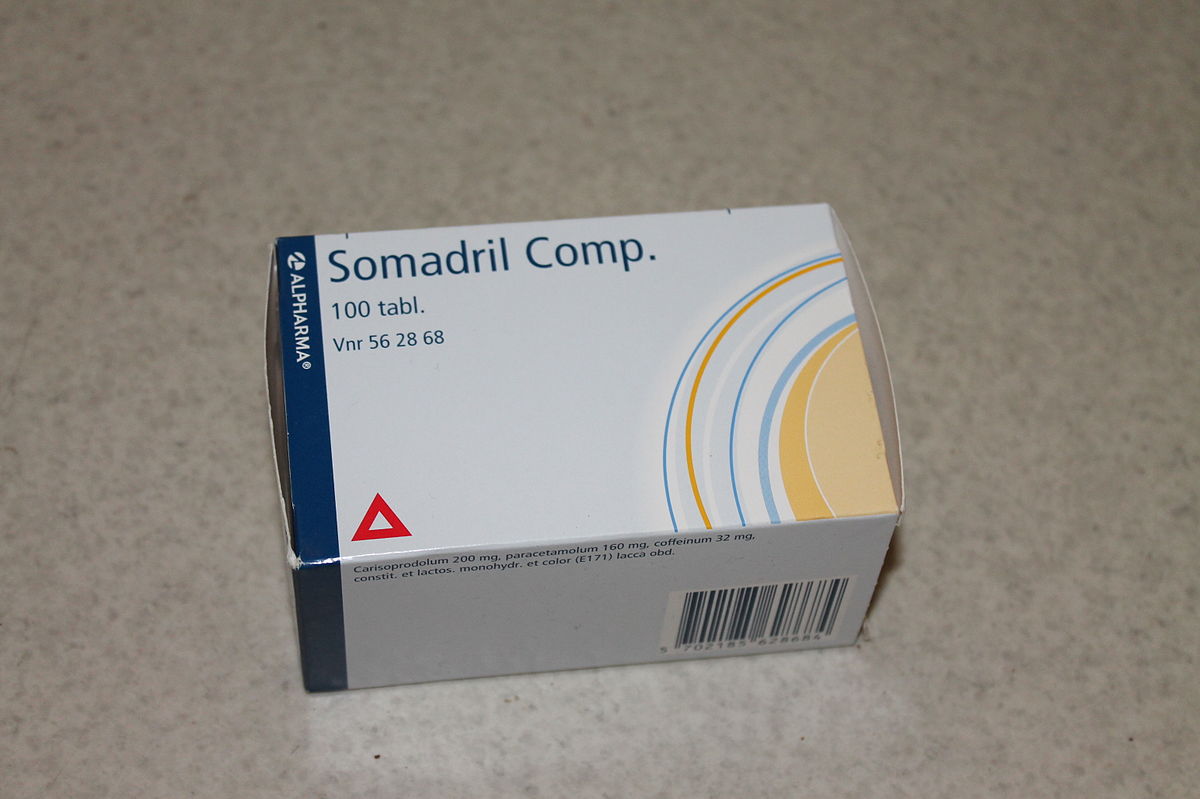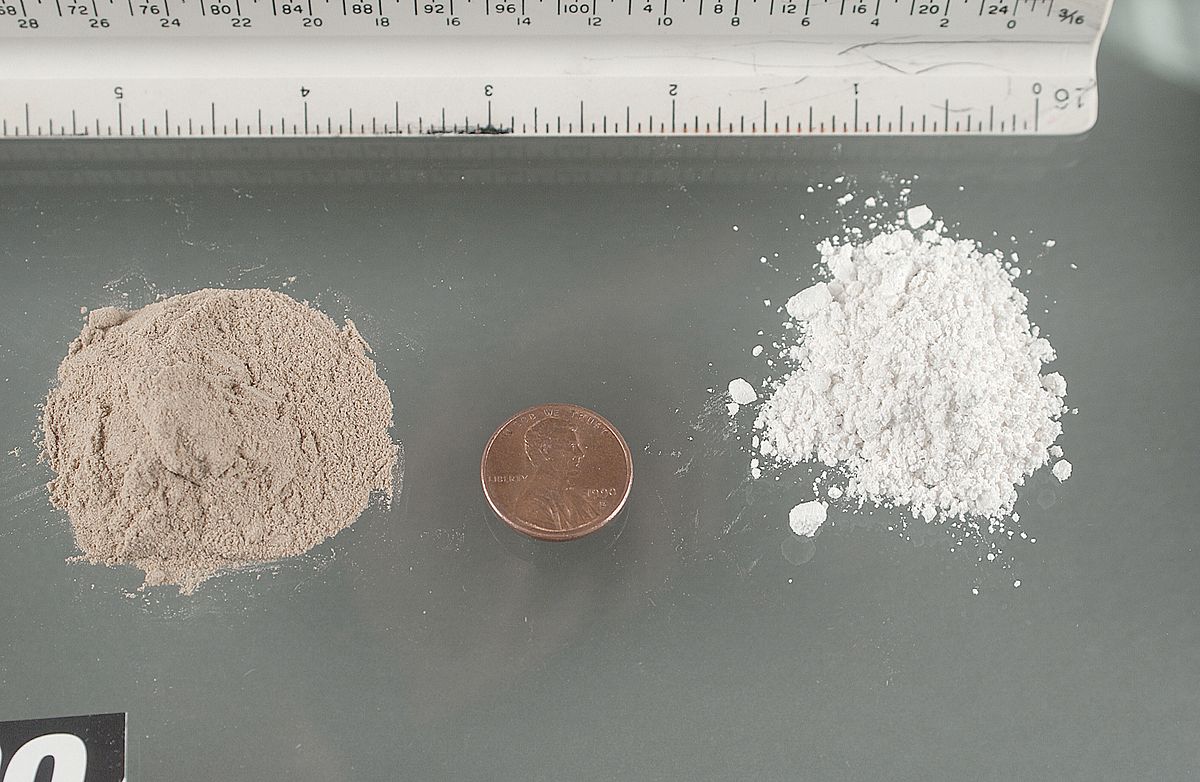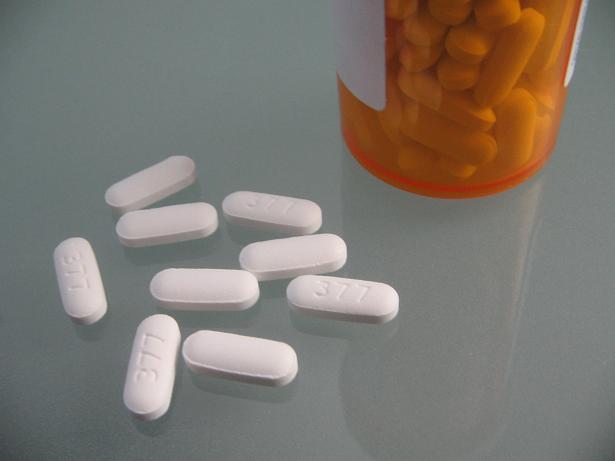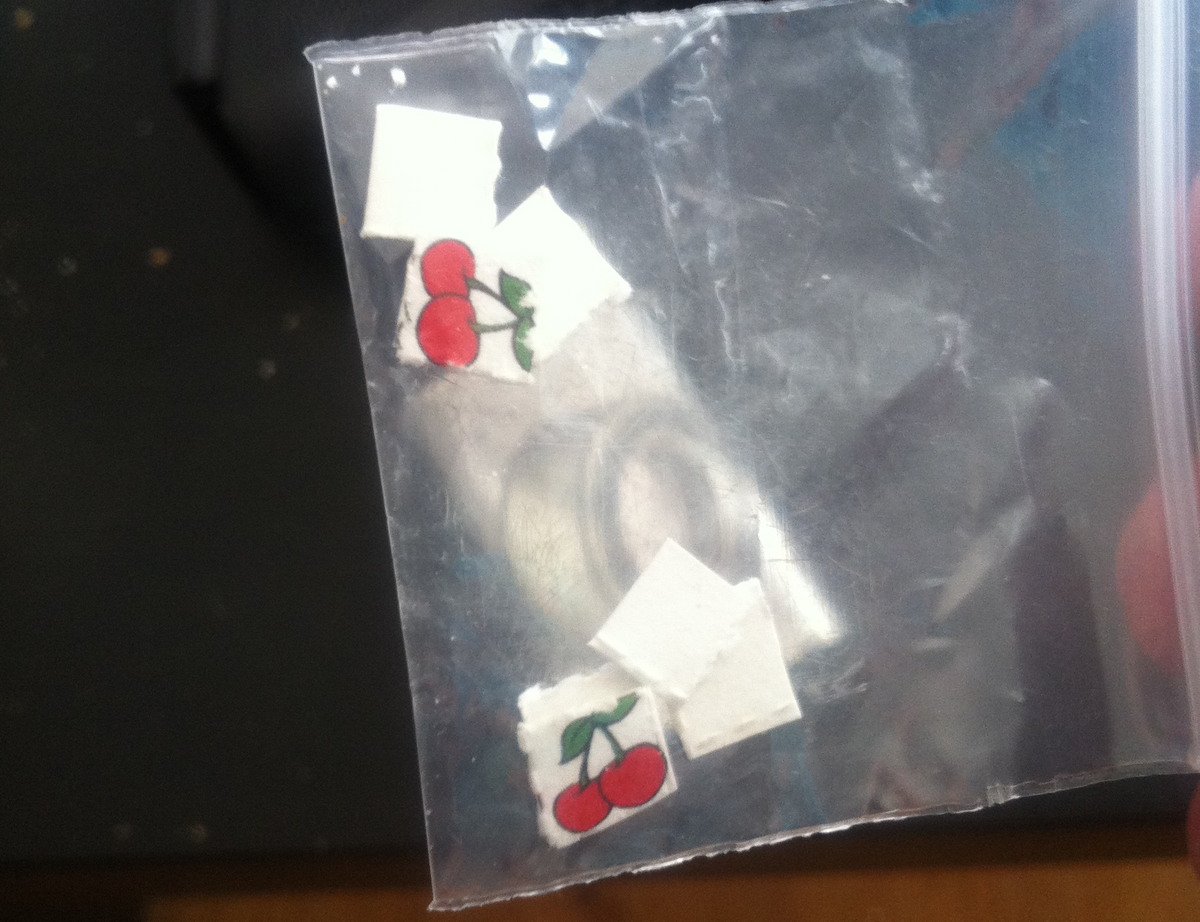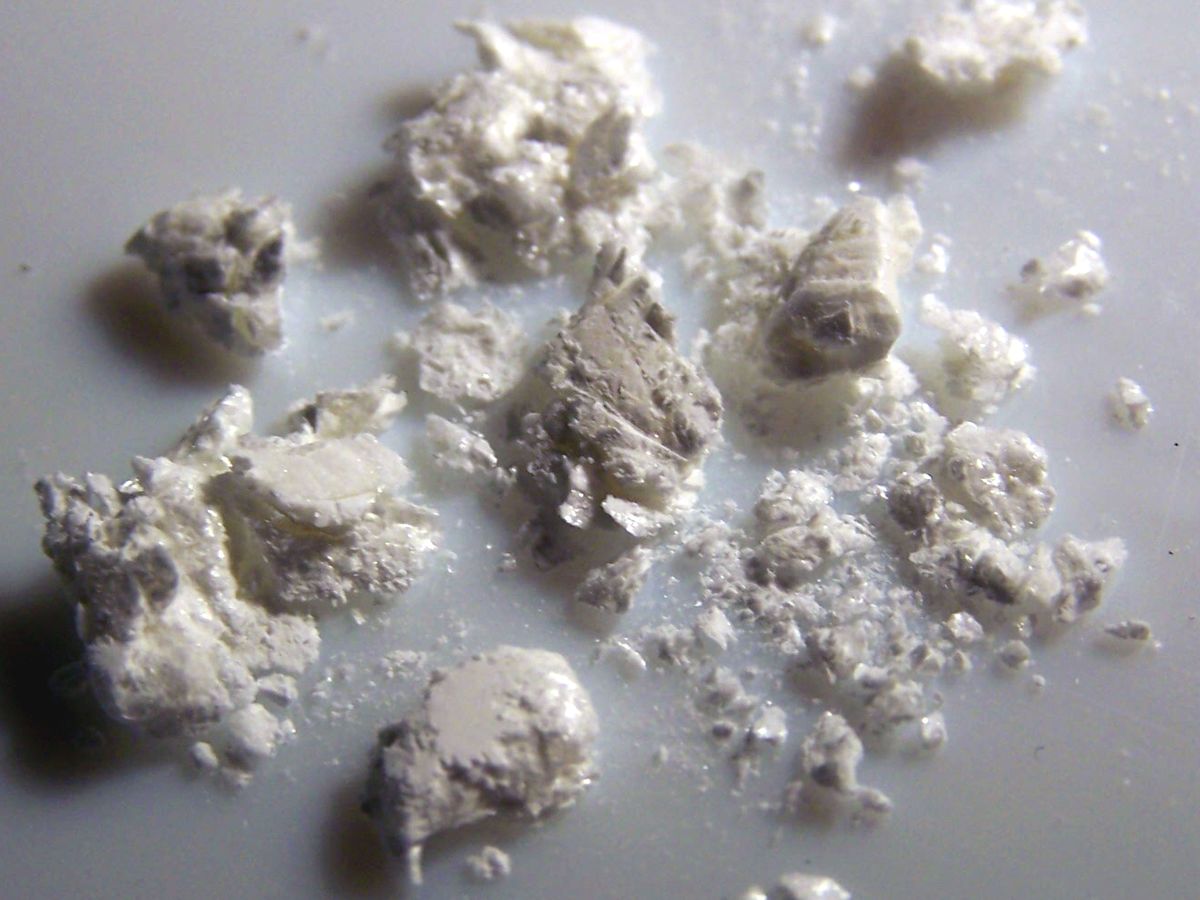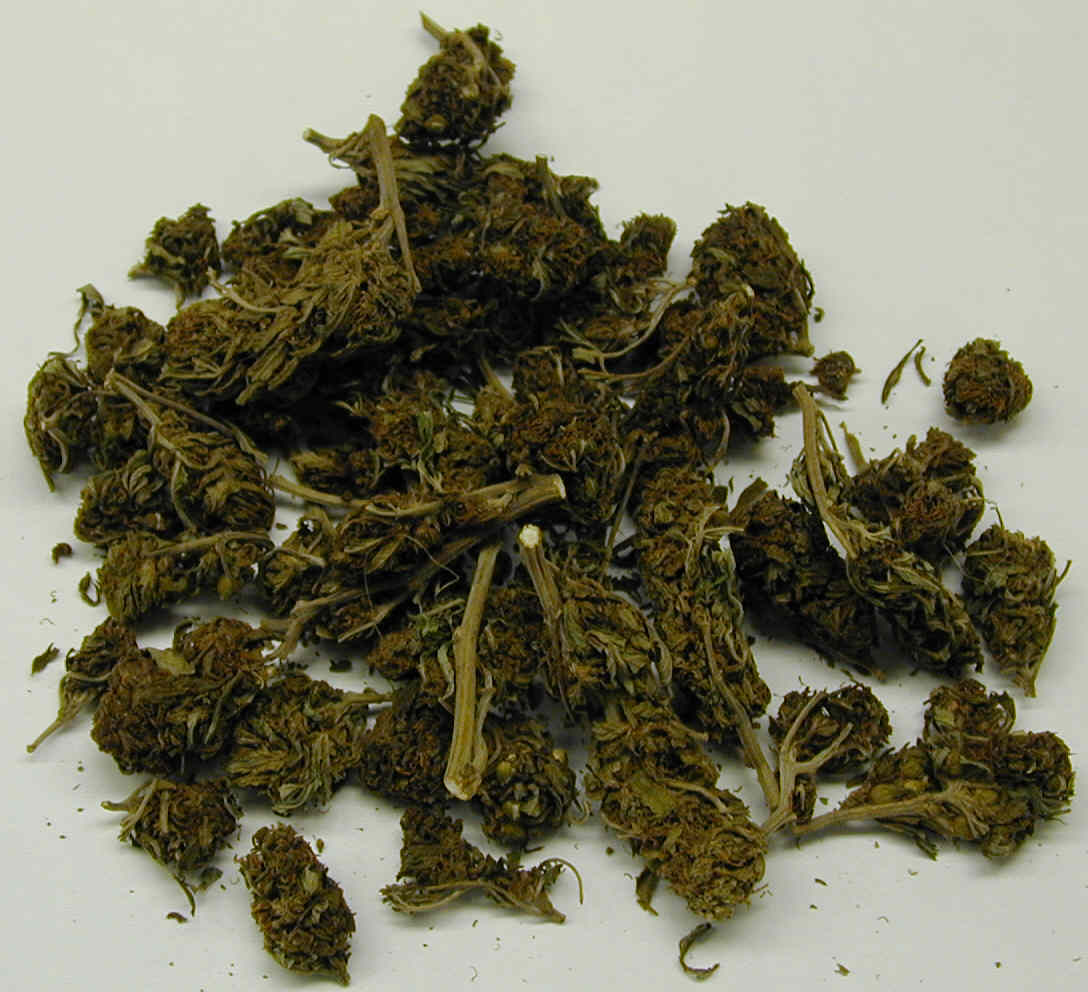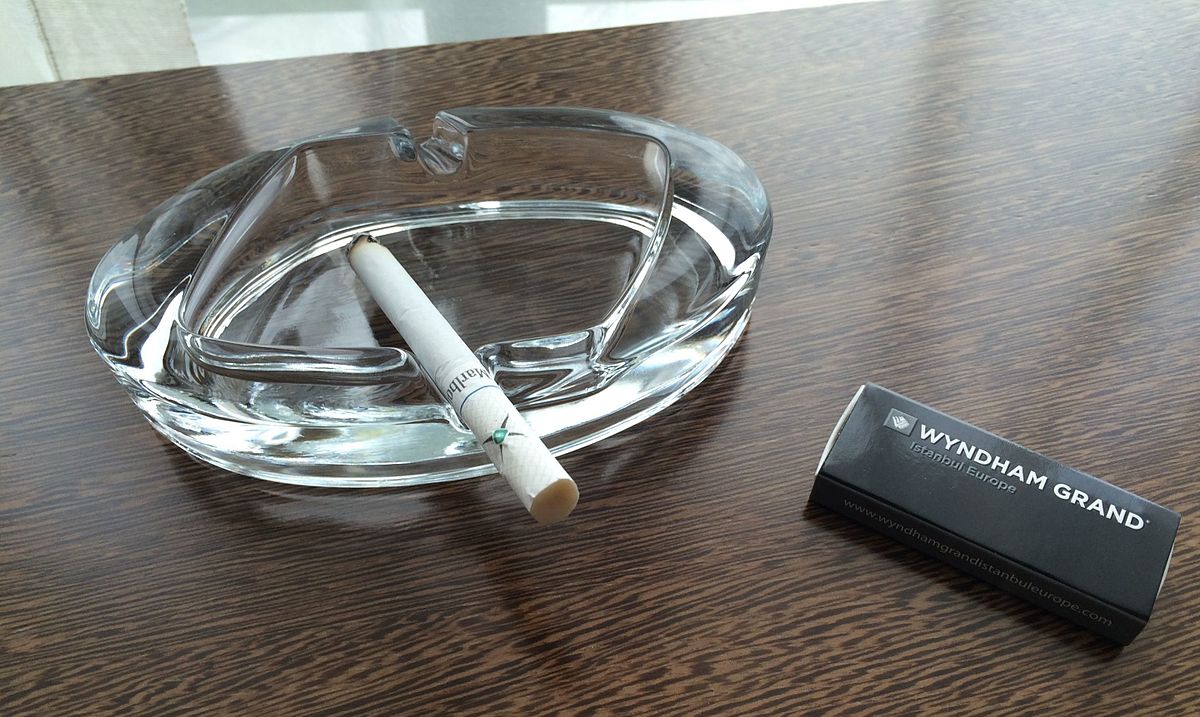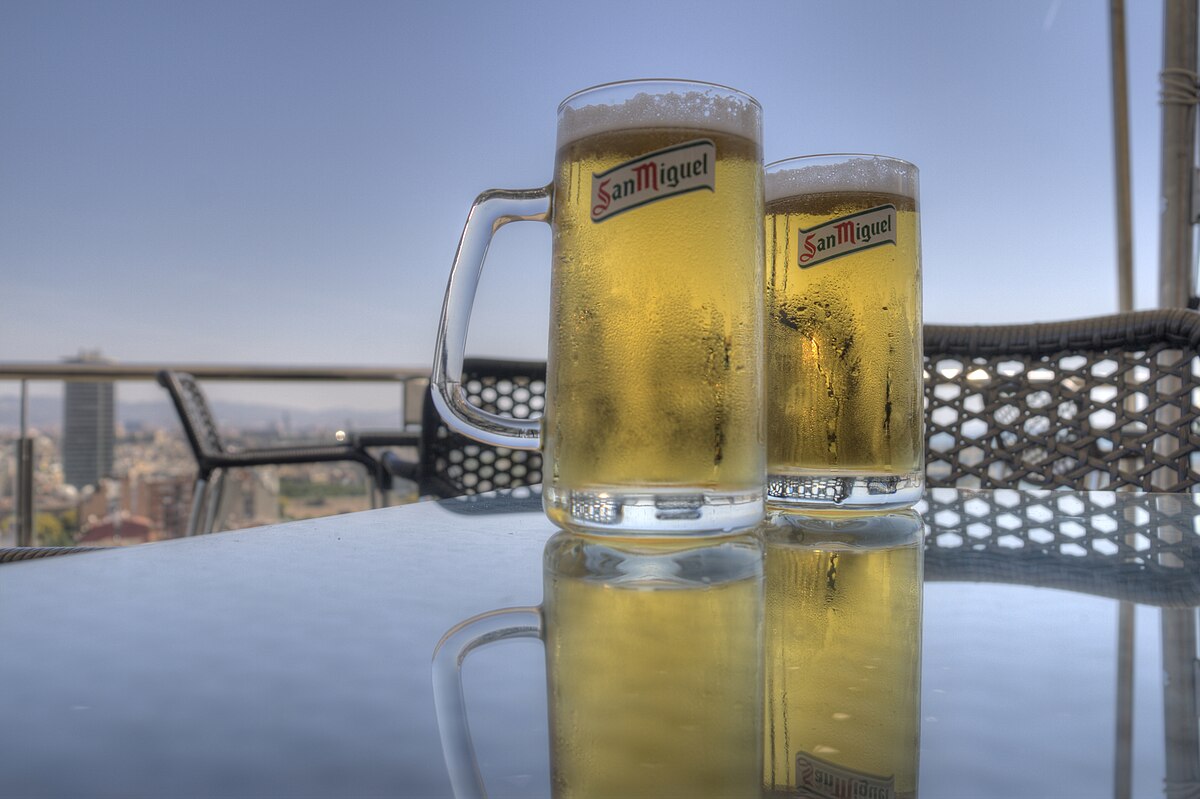Red states join push to legalize magic mushrooms for therapy
SANDY, Utah — Shawn Blymiller spent 10 years of feeling mostly numbed while prescribed traditional anti-depressants, trudging through his day-to-day life as a suburban Salt Lake City father of two kids balancing the obligations of family and work selling technology software.
When his son was diagnosed as having special needs a few years later, the stress became increasingly difficult to endure. So like many with treatment-resistant depression, Blymiller, 39, sought out alternatives and found one he said worked: psychedelic mushrooms.

Shawn Blymiller, poses for a photograph in front of the Utah State Capitol on Wednesday in Salt Lake City.
Under a therapist’s supervision, Blymiller took psilocybin — the most popular of the hallucinogens known broadly as “magic mushrooms” — and for several hours, was able to confront past traumas, work through mental illness and ultimately become a better father, husband and friend, he said.
“It’s almost revealing. These curtains in your psyche are being opened and you feel like, ’Oh my gosh, this is how I operate; this is how I present myself,’ ” he said after a sunrise mountain hike in the Salt Lake City suburb where he lives.
People are also reading…
A group of patients like Blymiller would be able to use them legally for their ailments under a new Utah proposal that would create a pilot program for the medical and therapeutic use of magic mushrooms. Currently, magic mushrooms are illegal under federal law, and therapists who guide patients like Blymiller through trips typically require they find them on their own out of fear of jeopardizing their licenses. Blymiller declined to say how he procured them. He said like a lot of plant-based medicine, it wasn’t difficult to find.
Amid growing acceptance of psychedelics, advocates in blue states like Colorado and Oregon began their pushes with ballot measures proposing to decriminalize psychedelics like magic mushrooms. Advocates in red states like Utah and Missouri are starting in a different way, proposing studying them or first making them legal for medical use — a strategy that mirrors how many states including Utah have handled marijuana legalization.
Last year, lawmakers in Utah’s Republican-supermajority statehouse commissioned a study on the benefits and liabilities associated with psychedelic mushrooms. And this year, state Sen. Luz Escamilla, a Salt Lake City Democrat, wants to create a pathway to legalization and allowing patients to consume magic mushrooms for therapeutic benefits. Her primary motivation is confronting a ballooning mental health epidemic, she said.
“This is an opportunity to add to the toolbox for our massive mental health crisis,” Escamilla said. “The policy question as a lawmaker is: Do we have 10 more years to wait for people to get access to mental health care when they need it?”
Utah, a conservative state where culture and politics are dominated by The Church of Jesus Christ of Latter-day Saints, has become a global hotspot for psychedelics, attracting spirituality-seeking individuals leaving traditional religion as well as outdoor hobbyists looking to use hallucinogens recreationally in places like the red rock deserts of Moab.

A vendor bags psilocybin mushrooms at a cannabis marketplace on May 24, 2019, in Los Angeles. Lawmakers throughout the United States are weighing proposals to legalize psychedelic mushrooms for people.
As psychedelics become less counterculture and more mainstream, they are also drawing interests from suburban dads like Blymiller struggling with mental health and disillusioned after years of taking anti-depressants.
A series of studies from Johns Hopkins University’s psychedelics research unit found that magic mushroom-assisted therapy can reduce depression symptoms for up to a year and be effective for individuals for whom other treatments haven’t worked.
In Utah, which has among the highest suicide rates in the United States, all 29 counties have a shortage of mental health professionals. Blymiller hopes lawmakers consider legalizing magic mushrooms for therapeutic use this year so more people like him — whether struggling with post-traumatic stress, anxiety or depression — can pursue treatment without fear of breaking drug laws.
The push would follow successful efforts in Oregon, but make Utah among the first states to create a legal framework for medical magic mushrooms. After successfully decriminalizing psychedelic mushrooms, Oregon voters approved measures to decriminalize all drugs and legalize psilocybin for use in controlled circumstances. Oregon will soon issue licenses for professionals to facilitate therapeutic use.
“I don’t think Republican legislators would ever favor a decriminalization model that says ‘Live and let live, have fun and you won’t go to jail,’ ” Connor Boyack, a lobbyist with the libertarian-leaning Libertas Institute, said, comparing Utah to Oregon and Colorado. “The arguments that work in a Republican Legislature are oversight, control and regulation — to ensure safety and that youth and the wrong people don’t get it.”
25 most commonly used recreational drugs in America
America’s vices: Alcohol, tobacco and more

From alcohol to cigarettes, most adults have tried some form of recreational drug. Fewer people have experimented with prescription medication for recreational reasons, but certain areas of the country are experiencing a serious problem with opoid addiction. Other drugs like cocaine and LSD, are used sporadically among adults in the U.S.
Using data from the Substance Abuse and Mental Health Data Archive, the experts at HealthGrove, a health data site, ranked the 25 most commonly used recreational drugs. The substances are ordered by the increasing percentage of people age 12 and over who used the drug recreationally in 2015. In the case of a tie, the drug with a higher classification by the Drug Enforcement Administration (DEA) is ranked higher.
To collect this data, SAMHDA conducts the annual National Survey on Drug Use and Health, in which they record use of illicit drugs, alcohol and tobacco in the U.S. population aged 12 or older. It is important to note that this data only includes recreational use of drugs, not proper medical use.
Drugs that are legal, alcohol and tobacco, have the highest recreational use. According to the survey, nearly one in five people over the age of 12 also used marijuana in 2015. As the drug becomes legal in more states, recreational use is likely to increase. Other Schedule I drugs (drugs determined to have no medical benefit by the DEA) including heroin and DMT had a recreational prevalence rate of less than 1 percent in 2015.
Note: Not all images in slideshow depict the exact drugs.
#25. Ketamine
#24. Oxymorphone
#23. DMT

Recreational use prevalence (2015): 0.2 percent
Drug category: Hallucinogen
DEA Schedule: I
Common forms: Powder, crystal
#22. Carisoprodol (Soma)
#21. Methadone
#20. Lorazepam (Ativan)
#19. Morphine
#18. Buprenorphine

Recreational use prevalence (2015): 0.38 percent
Drug category: Opioid
DEA Schedule: III
Common forms: Pill
#17. Heroin
#16. Zolpidem (Ambien)

Recreational use prevalence (2015): 0.45 percent
Drug category: Sedative
DEA Schedule: IV
Common forms: Pill, capsule, liquid
#15. Diazepam (Valium)

Recreational use prevalence (2015): 0.54 percent
Drug category: Tranquilzer
DEA Schedule: IV
Common forms: Pill, capsule, liquid
#14. Clonazepam (Klonopin)

Recreational use prevalence (2015): 0.6 percent
Drug category: Tranquilzer
DEA Schedule: IV
Common forms: Pill
#13. Methylphenidate (Ritalin)
#12. Methamphetamine
#11. Tramadol
#10. LSD
#9. MDMA (Ecstasy/Molly)

Recreational use prevalence (2015): 1.5 percent
Drug category: Hallucinogen
DEA Schedule: I
Common forms: Tablet, capsule, liquid
#8. Alprazolam (Xanax)
#7. Oxycodone (OxyContin)

Recreational use prevalence (2015): 2.05 percent
Drug category: Opioid
DEA Schedule: II
Common forms: Capsule, liquid, tablet
#6. Cocaine
#5. Amphetamine (Adderall)
#4. Hydrocodone (Vicodin)
#3. Marijuana
#2. Tobacco
For all the latest Health News Click Here
For the latest news and updates, follow us on Google News.

